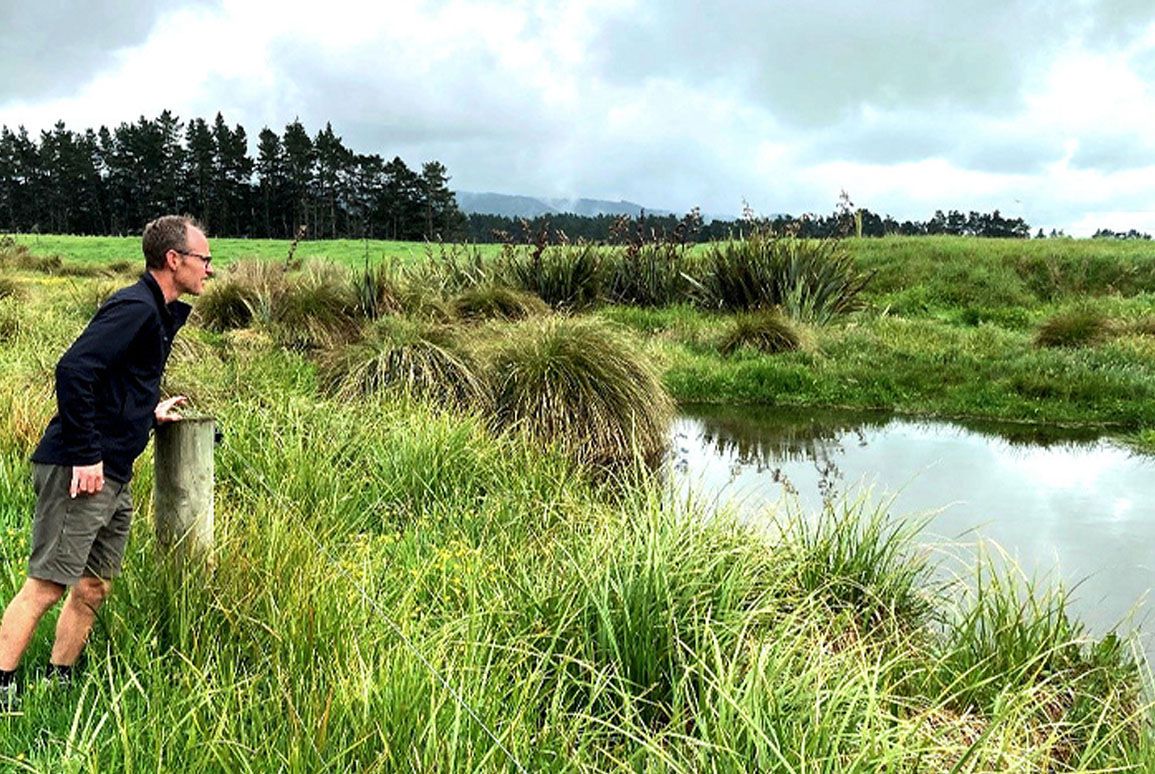Wetlands: an overview of the NPS-FM and NES-F amendments
18 January 2023
Dr Jaz Morris summarises the key amendments to the National Policy Statement for Freshwater Management 2020 and the National Environmental Standards for Freshwater 2020.

Cabinet has recently approved changes to the National Policy Statement for Freshwater Management 2020 (NPS-FM) definition of natural inland wetlands, and amended the Resource Management (National Environmental Standards for Freshwater) Regulations 2020 (NES-F). The amendments now exclude coastal wetlands below Mean High Water Spring (MHWS), allow consent pathways for certain activities, and simplify rules relating to discharges in and near wetlands. These changes are now in full effect.
NPS-FM natural inland wetland definition changes
A natural inland wetland means a wetland that is not:
a) in the coastal marine area; or
b) a deliberately constructed wetland, other than a wetland constructed to offset impacts on, or to restore, an existing or former natural inland wetland; or
c) a wetland that has developed in or around a deliberately constructed water body, since the construction of the water body; or
d) a geothermal wetland; or
e) a wetland that:
i. is within an area of pasture used for grazing; and
ii. has vegetation cover comprising more than 50% exotic pasture species (as identified in the National List of Exotic Pasture Species using the Pasture Exclusion Assessment Methodology (see clause 1.8)); unless
iii. the wetland is a location of a habitat of a threatened species identified under clause 3.8 of this National Policy Statement, in which case the exclusion in (e) does not apply.
The key difference is that wetlands that have developed as the result of hydro lakes, farm ponds etc. are no longer ‘natural inland wetlands’ for the purposes of NES-F rules — although regional and/or district rules may still apply. Because constructed drains are not usually considered water bodies under the RMA (this usually means natural and human-modified rivers and lakes, but excludes artificial waterways), wetlands that have developed around drains are likely still ‘captured’ by the rules — as they should be, because it’s typical to dig drains to drain wetlands, and further loss of wetlands, especially through drainage, is what the rules are intended to prevent.
It seems unlikely the pasture exclusion will practically change much as far as what is and isn’t ‘captured’ by the definition, but things may now be more straightforward to determine now that there’s no reference to ‘temporary rainwater-derived pooling’.
NES-F changes
1. Coastal wetlands no longer captured:
The NES-F has been amended such that references to ‘natural wetland’ now specifically say ‘natural inland wetland.’ Practically, this means coastal wetlands below MHWS are no longer captured.
2. Consent pathways:
There are now consent pathways for quarrying activities, landfills and cleanfill areas, ski areas, and urban development. There is not yet a clear, concise definition for what is and isn’t in scope for ‘urban development’ so we can expect some inconsistency on this, and on ‘extraction of minerals and ancillary activities.’ These have Discretionary or Restricted Discretionary status and mean that the Prohibited rules no longer have such wide application.
3. Discharges:
The NES-F has also been updated to remove water discharges in / near wetlands from the blanket list of activities that results in Non-Complying activity status. Now, a discharge within (or within 100m) of a wetland would generally only be captured by the rules if it would affect the hydrology of the wetland.
Where can I see the changes?
Currently, to understand the changes to the NES-F, you need to read both the old ‘regulations’ and the new ‘amendment regulations’ which change specific bits of the old rules. In time, the NES-F will be updated online to be a single source of truth.
Old version: Resource Management (National Environmental Standards for Freshwater) Regulations 2020.
Boffa Miskell has several ecologists and planners with particular interest and expertise in freshwater management. We’re well-placed to advise our clients on the impact of these amendments, and those that may be made in future.
Find out more

